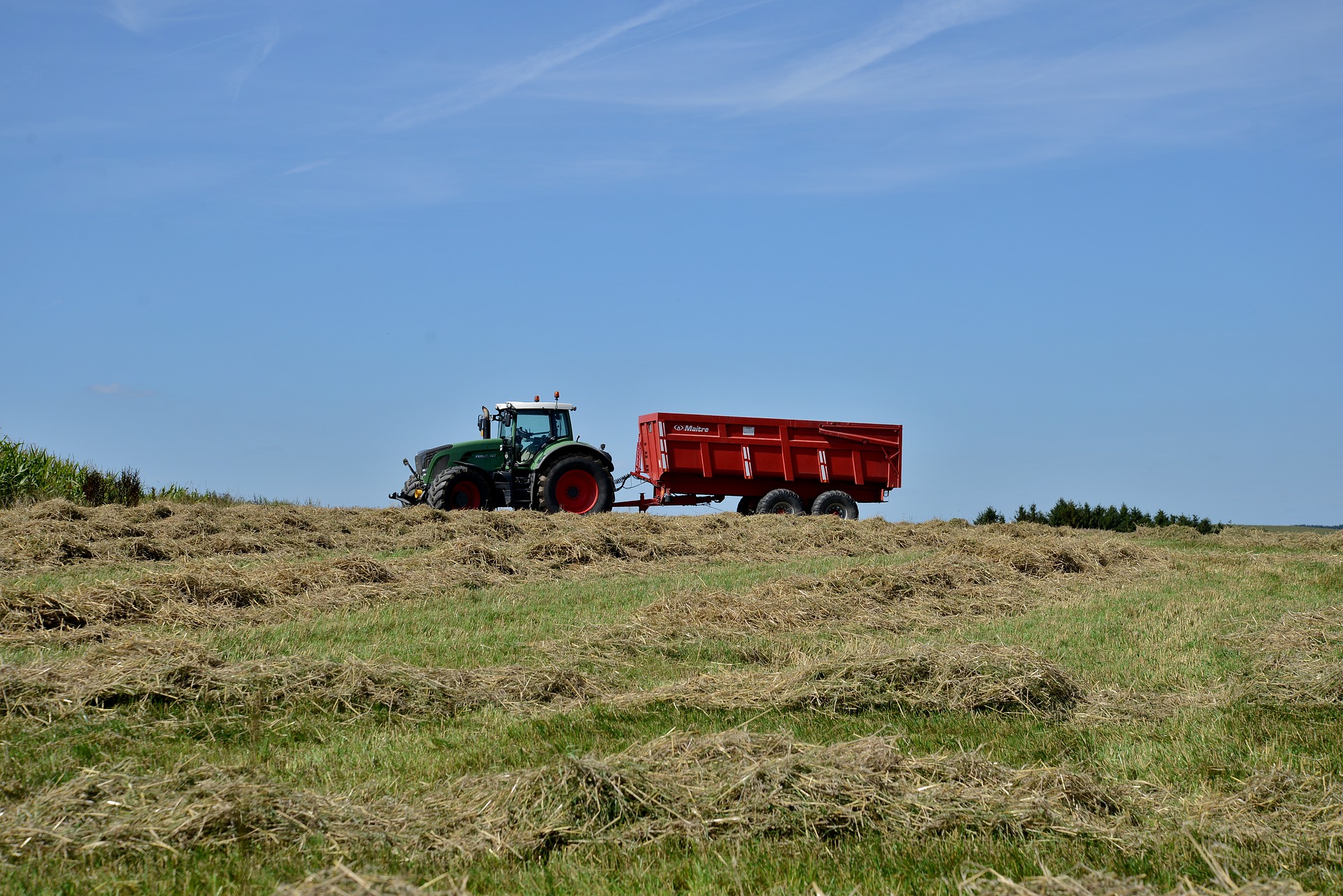Silage subjects

A number of factors of silage quality can affect the health of livestock.
A number of animal health issues related to winter feed stocks may be relevant on some farms.
High dry matter silages
Analysis of this year’s dairy silages through SRUC’s Analytical Laboratory show average dry matters around 30% for both first and second cuts. However, a number of samples were approaching 40% dry matter and these high dry matter silages can bring challenges. Some risks to be aware of that can affect milking performance and health include lower dry matter intakes, ration sorting with consequences for rumen health and silage spoilage at the pit face and within the total mixed ration (TMR) if not managed properly.
Lower intakes and ration sorting
Drier rations require more chewing to produce the necessary amount of saliva to help achieve adequate moisture levels in each mouthful of feed for the cow to swallow. This can lead to longer rumination times and lower intakes.
Ration sorting is where the cows are able to select the finer particles out of the TMR first, leaving the longer chop or more fibrous material to be consumed later in the day. This can lead to fluctuations in rumen pH, as well as less dominant animals receiving a lower quality ration, which may not meet their nutritional requirements. This is especially true in situations where feed space is insufficient. A tell-tale sign of ration sorting is where the refusals look considerably different to the freshly mixed ration.
To help manage these issues the addition of water to the mix can help. Aim for a dry matter of around 40% and no more than 45% in the TMR.
Pit management
High dry matter silages are more prone to spoilage, moulds and mycotoxins at the clamp face with pockets of spoilage as a result of poorer compaction. Good clamp management is essential. Aim to move across the clamp face as quickly as possible, ideally within three days, taking half depth blocks if necessary. Use a block cutter to keep the face as clean as possible and reduce air ingress, minimising the risk of secondary fermentation. As a rule of thumb silages with a pH of four or less are thought to be fairly stable and are less likely to encourage growth of mycotoxin producing moulds.
Nitrate levels
Silage that had a late application of fertiliser prior to cutting or that was cut during the drought conditions this summer may contain elevated levels of nitrates. This can have a direct effect on the silage quality, particularly the fermentation resulting in reduced palatability and a drop in intakes.
In rare serious cases of very high nitrates (>0.4%) caution is advised as the gases created during ensiling, can be converted to nitrous oxide. When this meets the air, it is converted to nitrogen dioxide which is harmful to people as well as animals.
However, the main reason for minimising the nitrate-N content in forage is that it cannot be used as a nitrogen source by the animal. Nitrates in ensiled silage are converted to ammonia which increases the pH resulting in a slower, poorer fermentation which will affect palatability. High levels of nitrate may be converted to nitrite in the rumen which is toxic to animals. Nitrate-N is generally present in grass at around 0.05 – 0.15%, concentrations of 0.4% and above may be toxic to livestock. Note that the target at silage cutting for nitrate-N is below 0.1%.
What to do if you think you have high nitrate silage:
- visual assessment – if silage is very dark green or has an ammonia smell it could be an indication of high nitrates
- get the silage tested at a specialised forage lab that can test for nitrate-N
- monitor cow intakes, general health and performance and dilute with other lower nitrate forage if needed
- seek nutritional advice
Further information is available on the FAS website.
Posted by SRUC Veterinary Services on 05/11/2021
